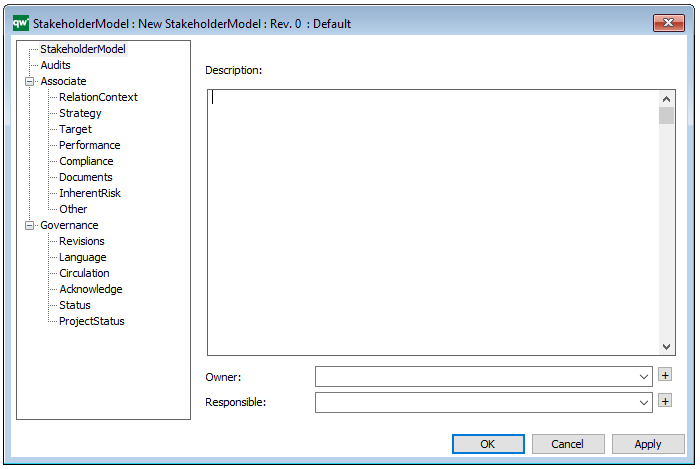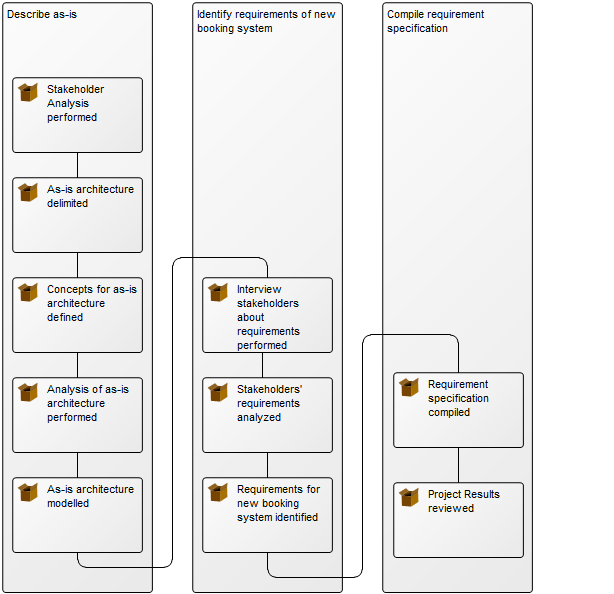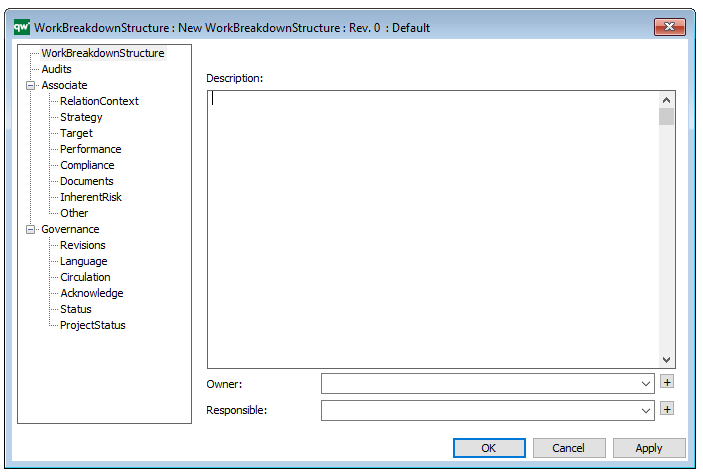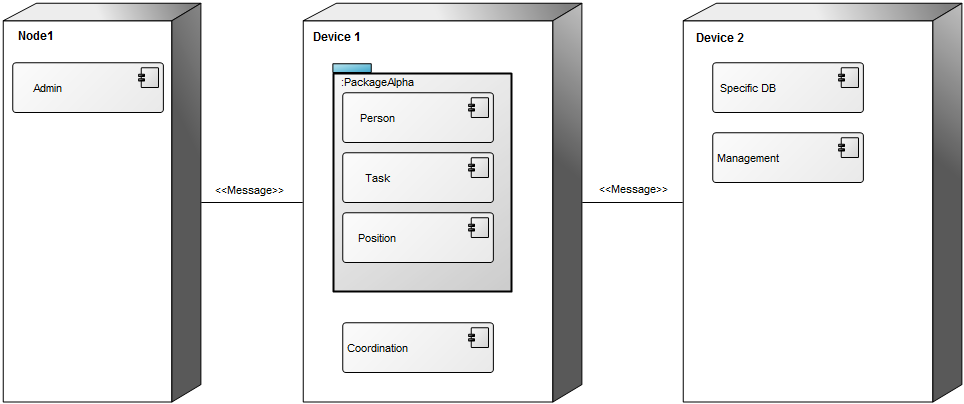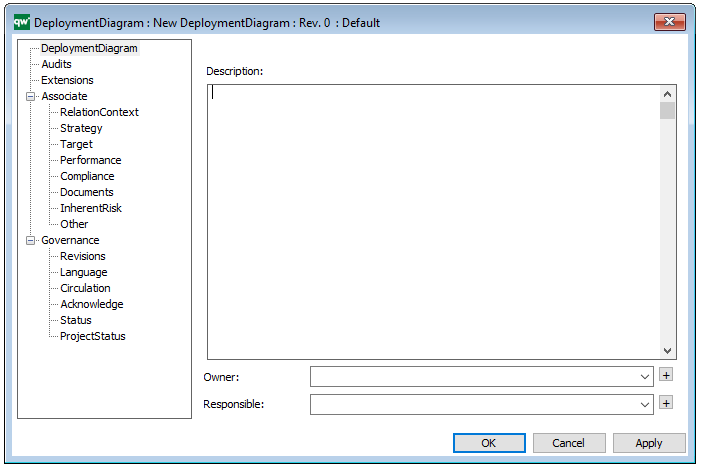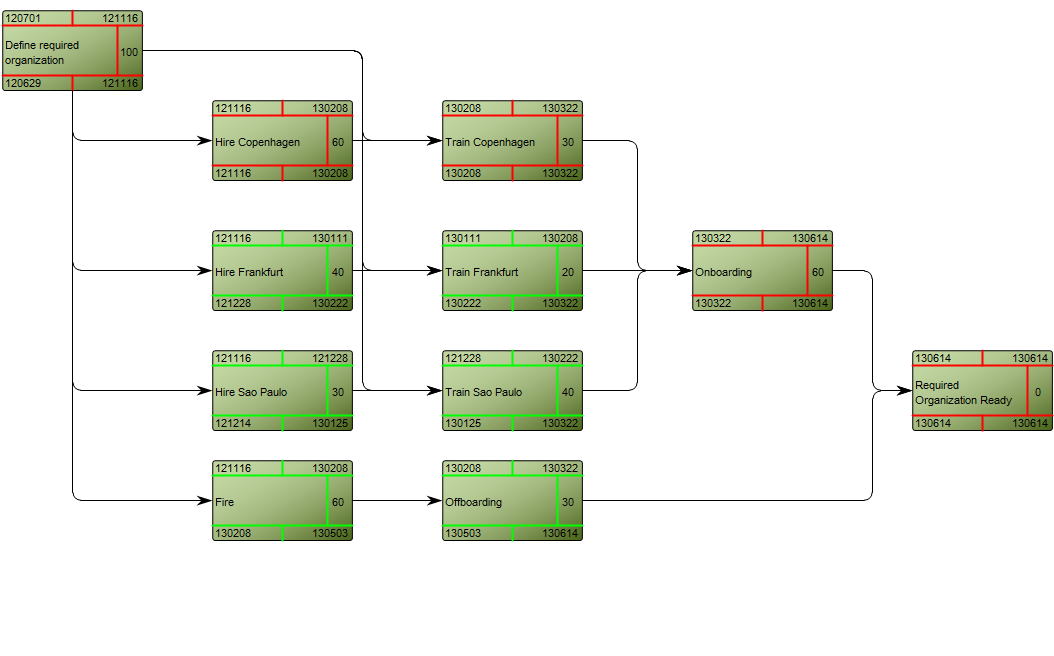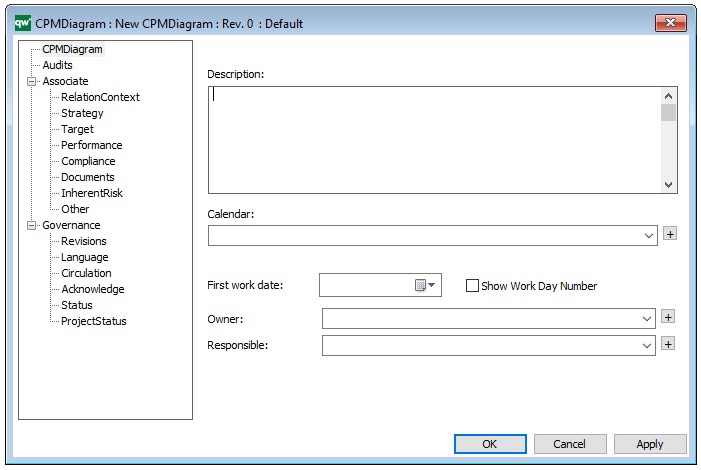Purpose: The purpose of the Stakeholder Model template is to document internal and external individuals or groups who have a stake in for example an enterprise or a project. Below, you can see an example of a Stakeholder Model of Order Management:
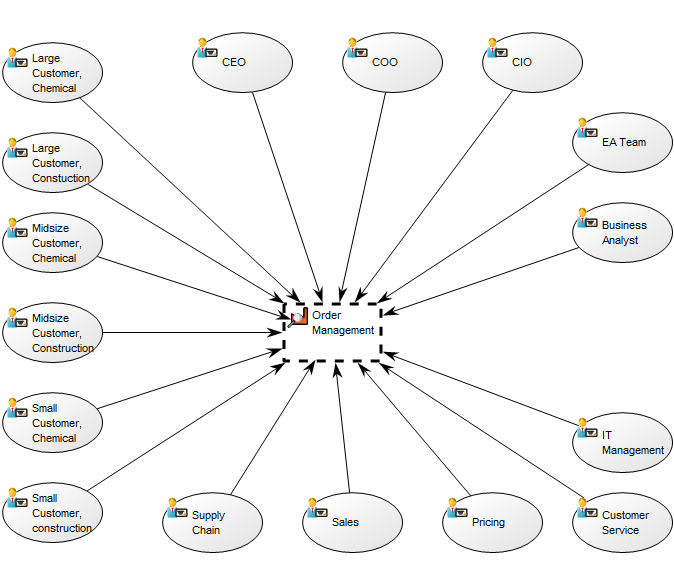
Core concerns: Stakeholders can be grouped via Business Scope. Stakeholder relations are illustrated via the Interaction connection. Beyond this, you can enrich the Stakeholder Model with Capabilities, Business Processes, Information Systems, Initiatives, and Projects. Below, you can see several groupings of stakeholders:

Relation to other diagrams: The Interaction connections in the Stakeholder Model can be broken down into Requirement Models. The internal structure of the organization is modelled in an Organization Diagram while the interaction between the organization and its external environment can be modelled in a Business Ecosystem.
Properties and metadata: The Stakeholder Model can for example retain the following information:
- A description of the diagram
- Link to the owner of the diagram
- Link to the one responsible for the accuracy of the diagram
- Audits (auto generated information regarding its current state and access rights)
- Associated documents, diagrams and other objects
- Inherent Risk detailing risk considerations
- Governance information detailing information about the published diagram and who has been involved in the approval of the diagram
- Project status: information about budgeted and actual man-hours spent, percentage completed and the latest milestone, result and quality control of a change process.
In the picture below you can see the Stakeholder Model’s properties dialogue window, where the properties can be viewed and edited:
